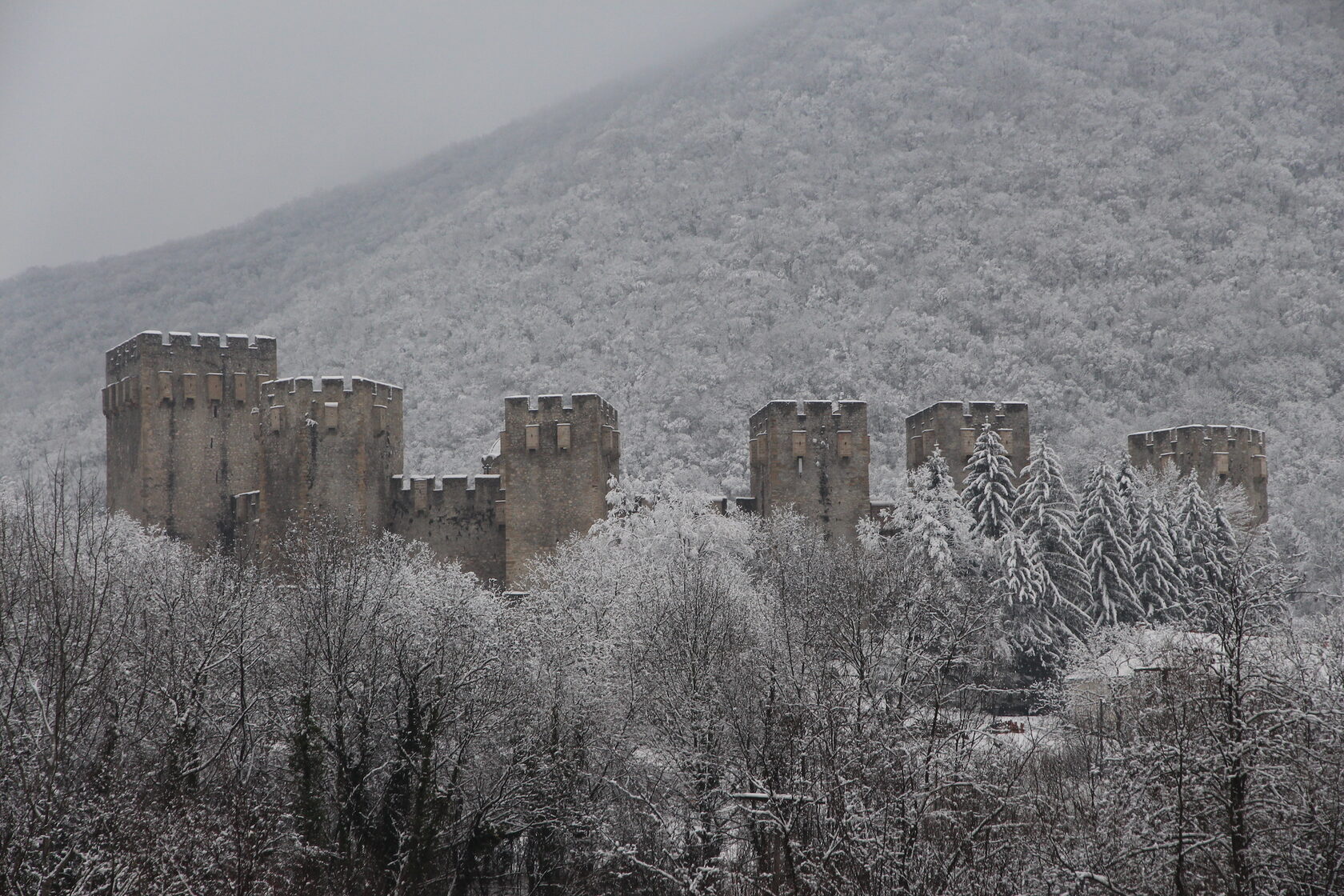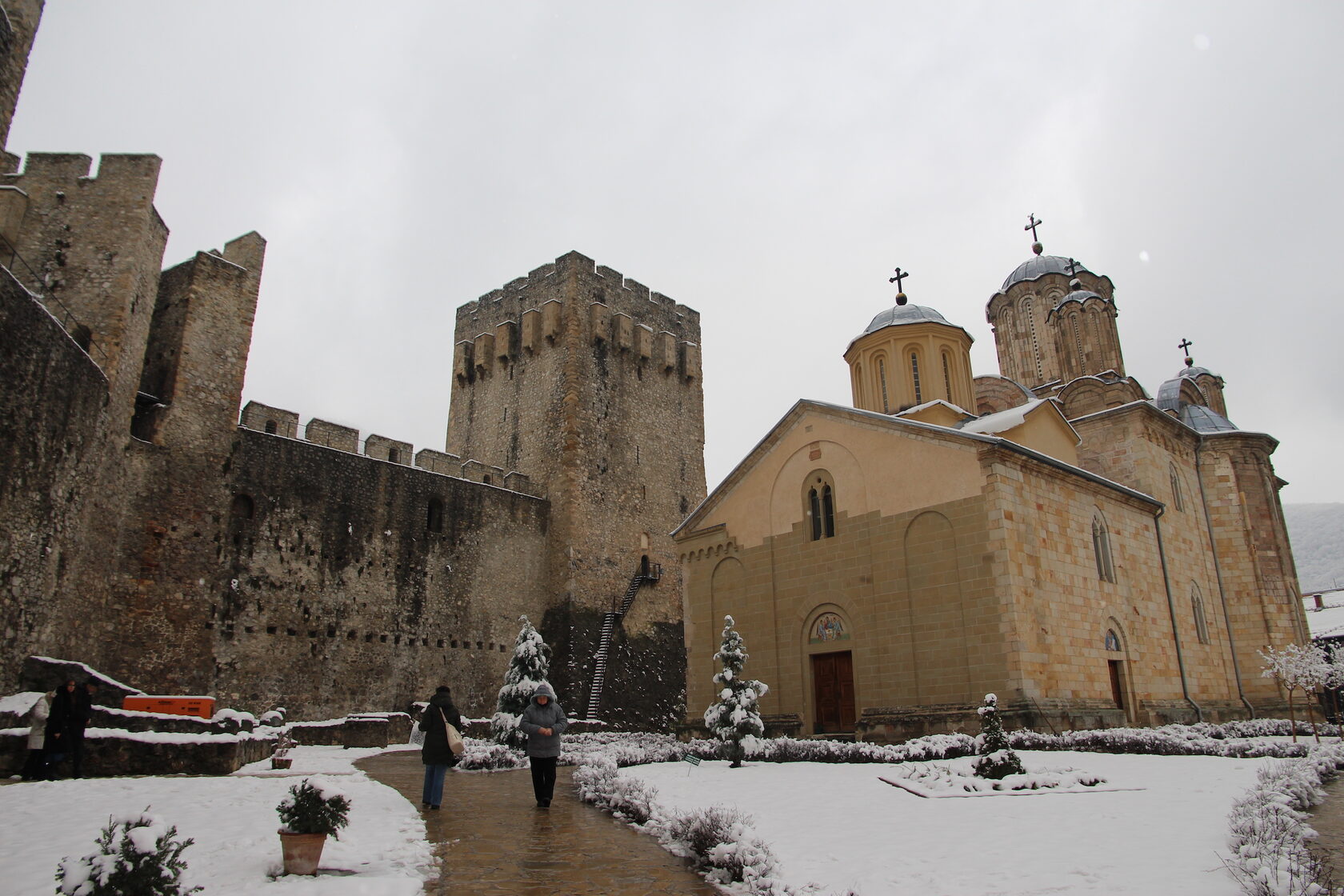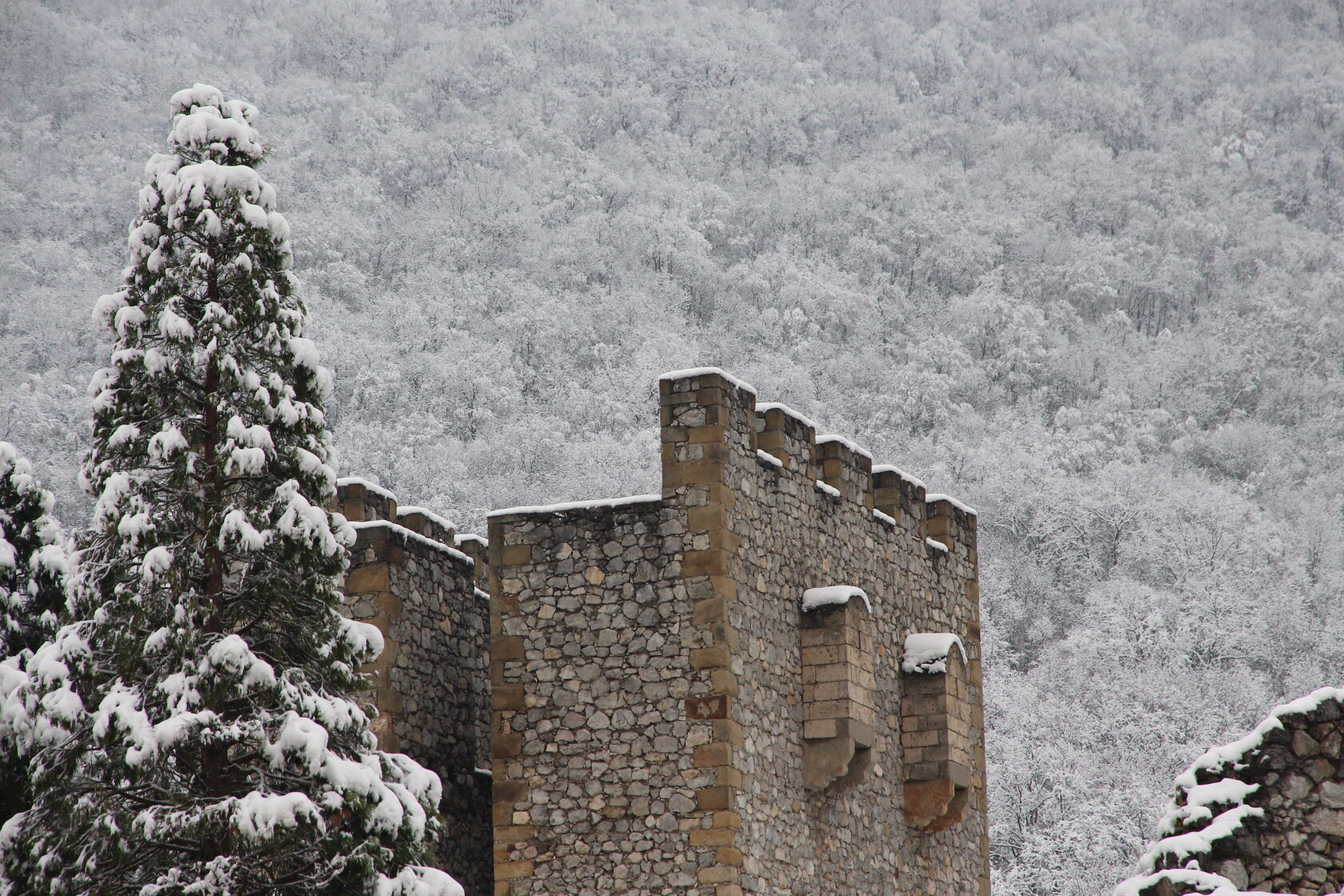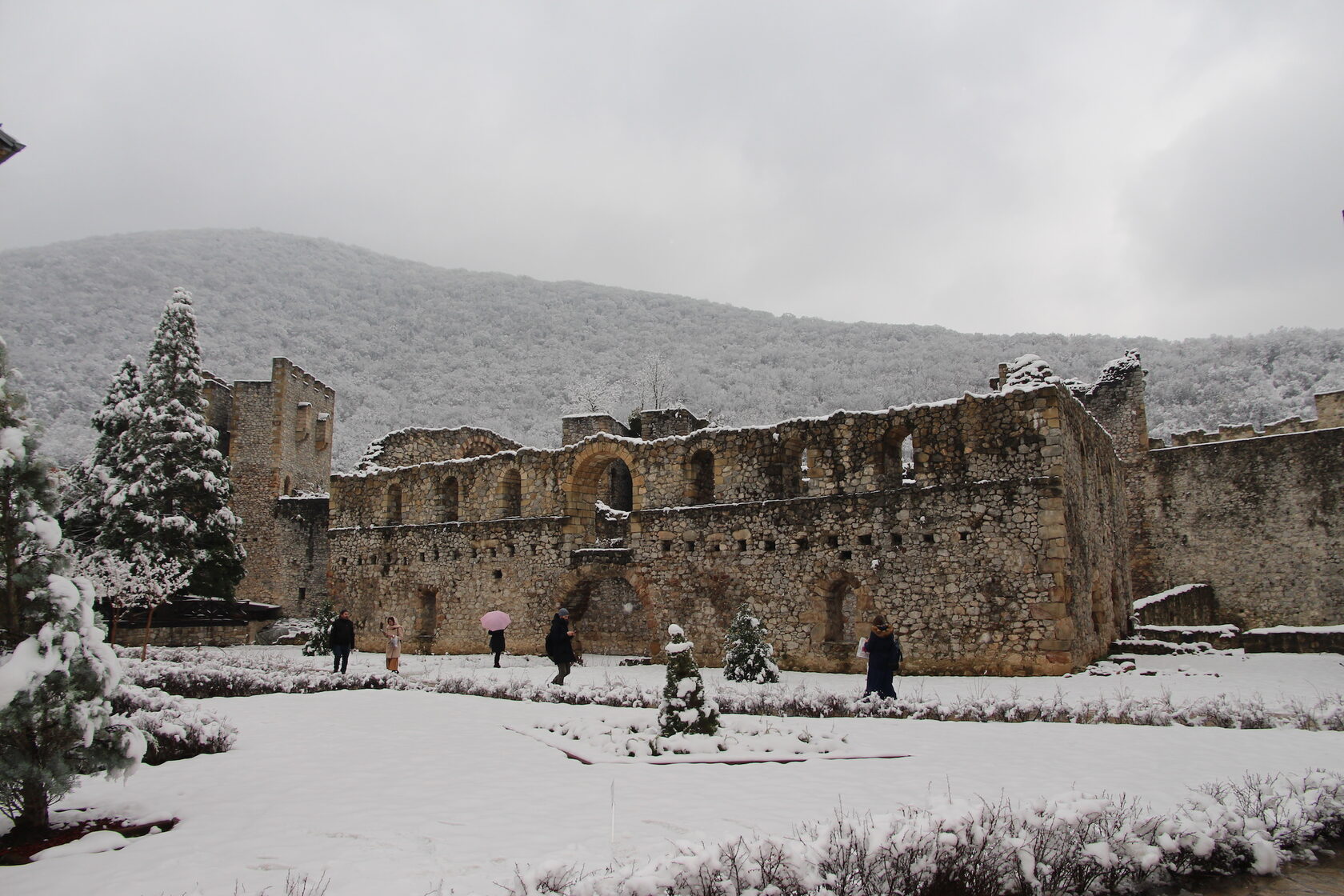Manasija Monastery - Winterfell in the heart of Serbia
This website uses cookies to ensure you get the best experience.
Here are the Terms of Use and Privacy Policy
Here are the Terms of Use and Privacy Policy
OK
What's the best place in Serbia to travel back in time and take part in, or at least watch, a real medieval joust? That would be Manasija, a monastery located 2 hours drive from the country's capital Belgrade. And when winter comes the monastery turns into a true Winterfell, the stronghold of House Stark from Game of Thrones.

The monastery was built in the XV century by the Serbian despot Stefan Lazarevic and has been the venue for the Just Out tournament - the biggest knight festival in Europe - since 2015. Medieval enthusiasts, reenactors and medieval combat aficionados from across Europe and beyond gather under the monastery's walls to fight.

The monastery is not what you would normally expect to find in a monastery. Normally, a monastery's defenses consist of only a perimeter wall and a tower. Manasija has walls and eleven towers with a total of 104 machicolations.

Inside the walls, the monastery's imposing 11-metre high keep - the Despot's Tower - stands out and is considered the best fortification solution in Serbian medieval military architecture. All these defences make the monastery a real fortress.

It is believed that this is a result of the Byzantine influence, which in turn was influenced by the Western Crusaders to the Holy Land, who brought their traditions from their homeland to Byzantium.

The monastery stands on the banks of the Resava River and is therefore often called the Resava Monastery. Stefan Lazarevic, the Serbian ruler who had it built within a decade or so, was a son of Lazar Hrebeljanovic, the last independent ruler of Serbia, who died in the Battle of Kosovo in 1398, along with the Ottoman Sultan Murad.

Immediately after its foundation, the monastery became the cultural center of the Serbian Despotate. The Resava school was famous for its manuscripts and translations in the XV and XVI centuries.

Despot Stefan had a plan. Manasija was to serve as his final resting place, a mausoleum whose size and grandeur was unparalleled at the time.

After his death in 1427, he was buried in the monastery church. During archaeological excavations in 2006, the ruler's tomb was discovered in the south-east corner of the nave.
When the Ottomans conquered Serbia, the monastery went through hard times, it was abandoned and destroyed several times. The lead roofing of the church was removed and the precious frescoes from the XV century, considered to be the artistic highlight of Byzantium and the countries under its influence, were exposed to harsh weather conditions.
Many of them were damaged beyond repair. In the XVII century, the western part of the church - the narthex - was badly damaged in an explosion and was later rebuilt. By the XIX century the monastery was in ruins and that's when the rebuilding began.
Interestingly, Russian emigrants took part in the restoration of Manasija in the late 1920s, when Father Sergiy from the Russian Orthodox Valaam Monastery in Karelia became the monastery's abbot. He and the monks he led contributed greatly to Manasija's revival.
